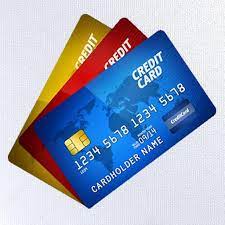Understanding Your Credit Score Is Easy
Good news! Understanding your credit score is fairly easy and you can use this knowledge to help repair your score and keep it healthy.
35 percent of your score is tied to your payment history. If you haven’t had consistent payment history up until now, don’t panic. Part of the repair process starts with reaching out to creditors and bureaus to get inaccurate, misleading, and outdated information off your report forever.
If your payments are not current, get current and stay current. Creditors will often work with you to create a payment plan so you can get up to date on payments. Making payments on time should be your number one priority. It’s the easiest way to influence your credit score.
30 percent of your score is your credit utilization. Your credit utilization rate is extremely important, and you want it to be under 30 percent. What does that mean? Here’s an example.
You have three credit cards. Each card has a $1,000 limit. Factoring in no other open credit accounts you have $3,000 in credit available to you. $900 is 30 percent of your $3,000 available credit. At any given time you should not charge more than $900 in total to the three accounts combined.
Add up your credit accounts, then add how much you owe on those accounts. If it’s over 30 percent pay down the balances as soon as you can. You will see an improvement in your credit score.
Bonus tip: Don’t let your credit card balance carry over from month to month. If you can’t afford to pay off a balance within a month, don’t spend the money unless it’s an absolute emergency. This will keep your credit utilization under 30 percent and immediately help your credit score.
15 percent of your score is the length of your credit history. How long have you been borrowing? If your credit history is well established you’re considered less of a risk than someone who just started borrowing. You’re more trustworthy if you’ve successfully shown you’re able to pay back the money you’ve borrowed
10 percent of your score is factored in by new accounts and credit requests. A newer credit account is considered more of a risk than an older credit account because you haven’t established a payment history. The same applies to a new credit request. If you’re requesting more credit, you need to borrow more cash over your monthly income – this tells creditors you’re spending more than you’re making.
10 percent of your score is your credit mix. Having a good mix of credit is a good way to build good credit. An auto loan, a mortgage, and a credit card are good credit mix.




